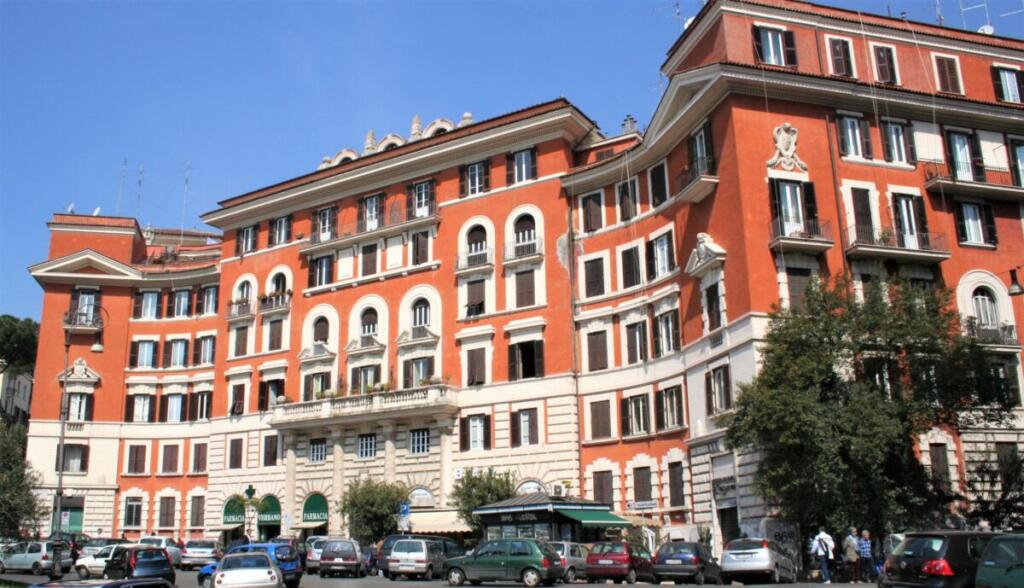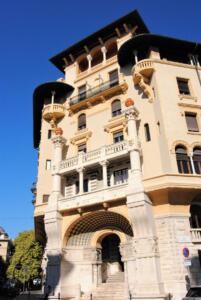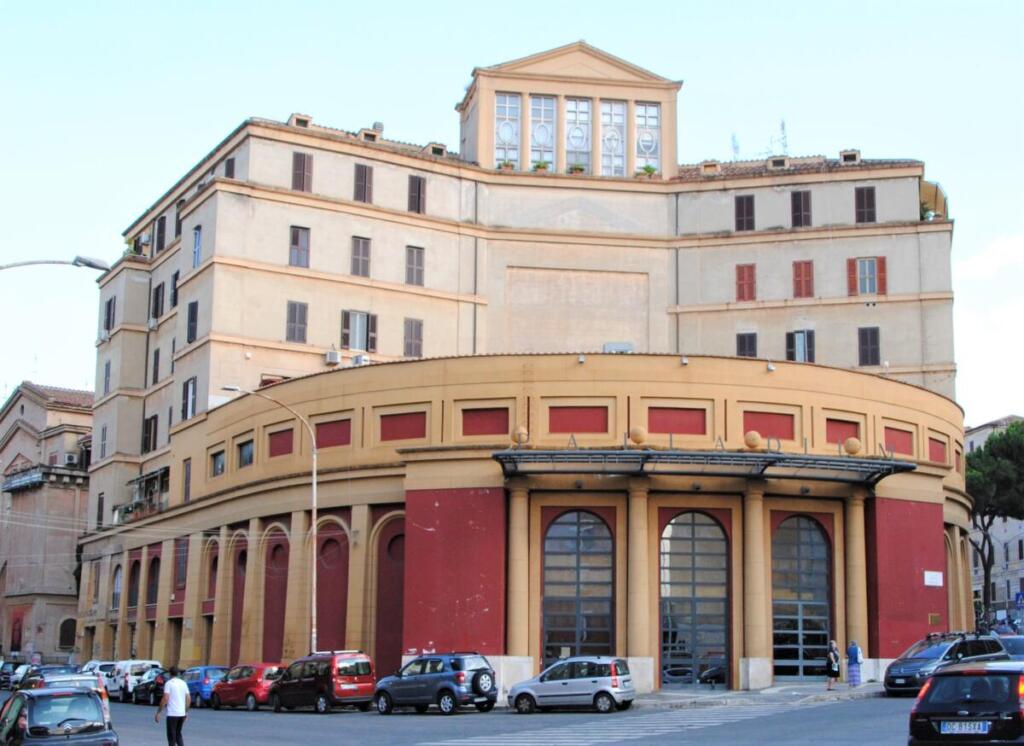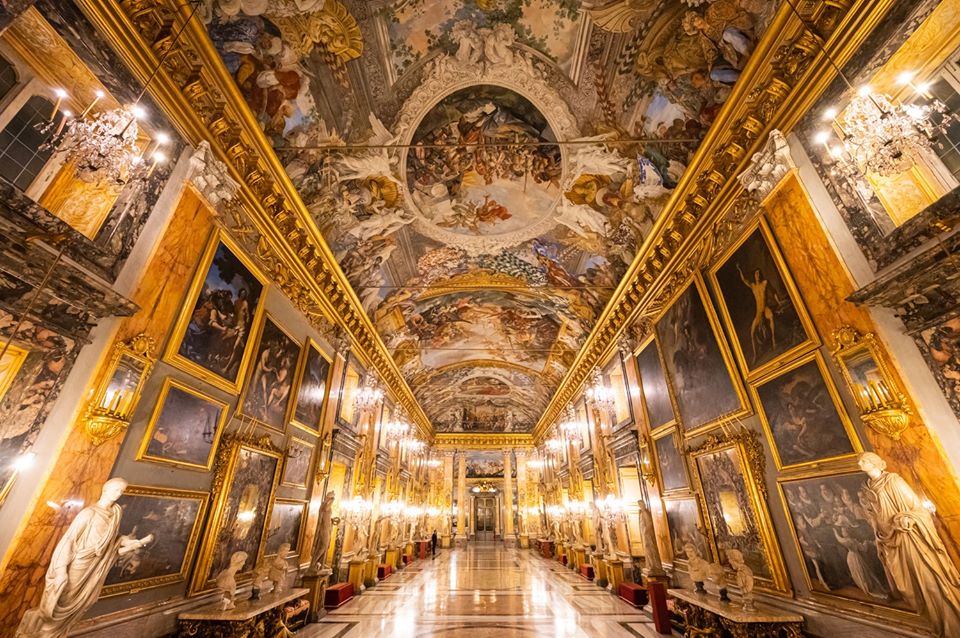In November 1907 Ernesto Nathan was elected mayor of Rome. The fact created a lot of turmoil for various reasons and would affect the history of the city until 1925.
Nathan was born in London in 1845 to Sara Levi from Pesaro and Moses Meyer Nathan, both of Jewish origin.
His mother was a fervent Mazzinian and was involved in raising financial support for the Risorgimento cause.
Scholars agree that she had had a love affair with the Genoese patriot, and someone has also argued that Ernesto was Mazzini's natural son, a hypothesis that nevertheless enjoys little credit.
From 1870 Nathan came to Rome and from 1896 he was Grand Master of Freemasonry. Until then the mayors of the capital had been chosen from among the families of Roman landowners.

He remained in the office of Mayor until December 1913, with strong opposition from the Catholic hierarchies.
His priority commitments were the drafting of a new master plan, that of Sanjust, published in 1909, the construction of kindergartens and the organization of the 1911 Exposition for the fiftieth anniversary of the Kingdom.
On this occasion the Monument to Vittorio Emanuele, the Palace of Justice, the avenue of Fine Arts with the Gallery of Modern Art, the exhibition pavilions in the area of Piazza Mazzini, the Archaeological Walk were all inaugurated.
An anecdote tells us that as soon as he was elected, to save money, he removed the budget item relating to food for feline colonies from the budget, from which the saying arose "there is no tripe for cats".
From 1911 to 1925 there was a happy period for Roman architecture, with the Liberty style arriving later than it did in Northern Europe.

In the new expanded districts, a building style full of imagination was born: piazza Tuscolo, piazza Verbano, via Appia Nuova, Corso Trieste, piazza Sempione, Garbatella ... but first of all, there was the Coppedè District.
Gino Coppedè was a truly original architect who interpreted European Liberty style in his own way.
Born in Florence in 1866, he was commissioned to design an entire district of Rome in 1919. He created fairy-tale buildings, with references to the Middle Ages, and including esoteric symbols.

At his death in 1927, the neighbourhood was not completed and there was pressure to modify his works, that were too different from the now dominant ideology.
Apart from the villas and public buildings, buildings were built in the 1920s for the middle class with many apartments largely different from each other, but with original and refined finishes.

I can't say if the main merit was the legislation or creativity, certainly the result is remarkable. Many works were created by the Istituto Case Popolari, whose creative minds were Innocenzo Sabbatini and Camillo Palmerini.
Finally, the building in via Albalonga, designed by Enrico del Fa and the one in viale Regina Margherita designed by Vittorio Morpurgo should be mentioned.
Then in a few years everything changed, the decorations disappeared from the private buildings, a rigid functionalism and the reference to "Romanity" prevailed.







Follow us